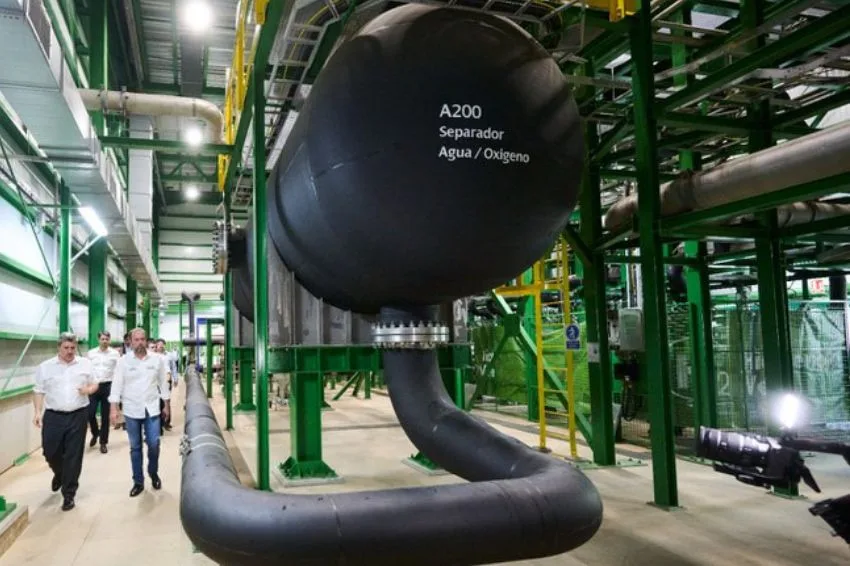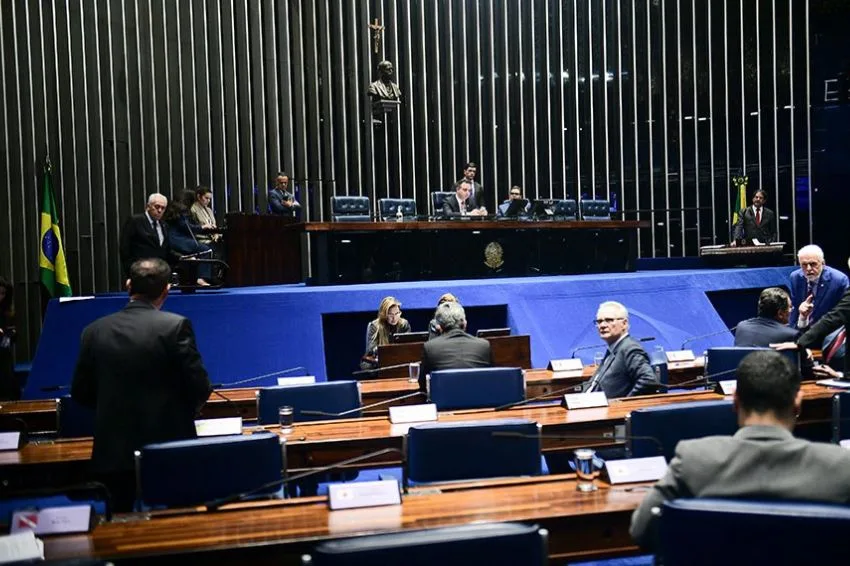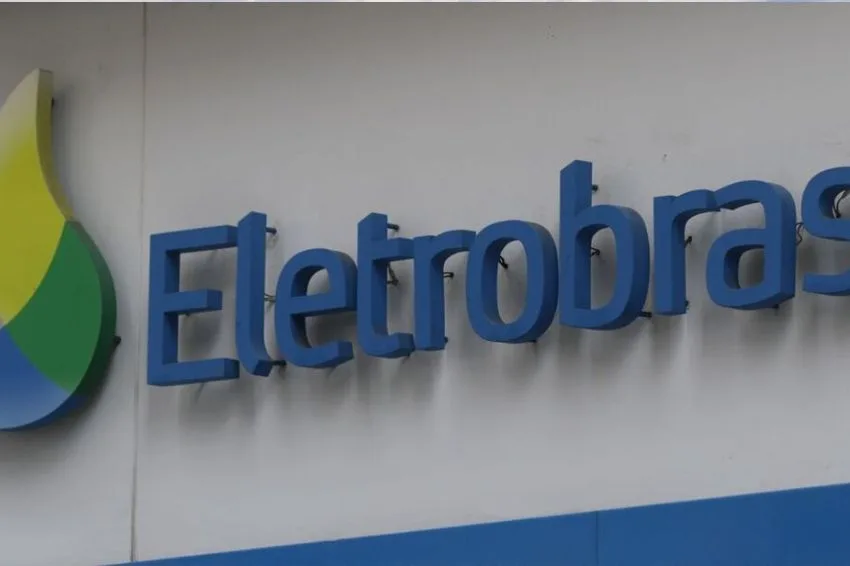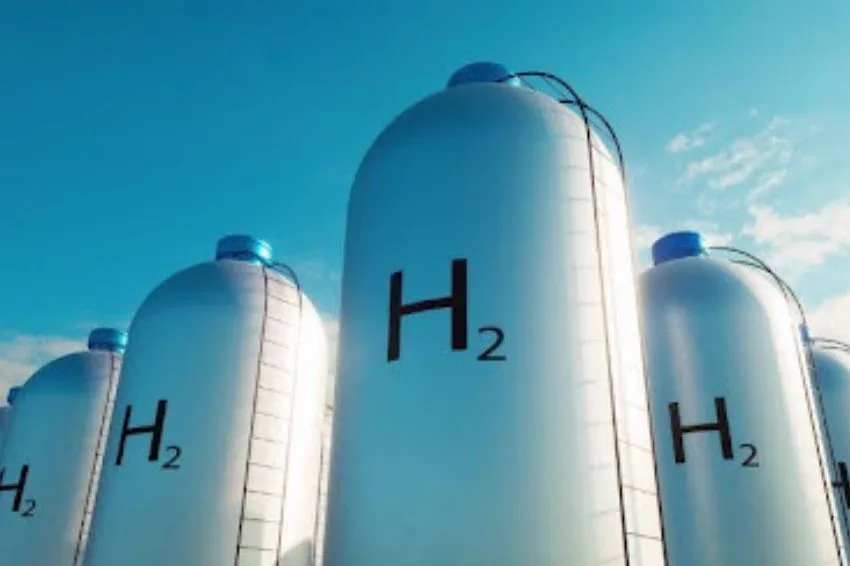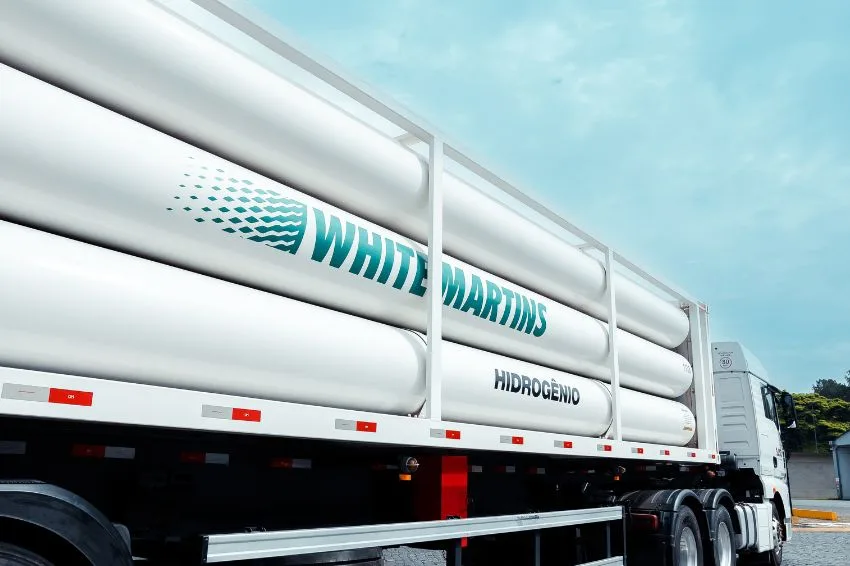Analyze and reflect on the best strategies for creation of H2V hubs (green hydrogen) in ports It is industrial hubs, focusing on Camaçari, in Bahia, and Suape, in Pernambuco.
This was the objective of a seminar held this Monday (19), at UFRJ (Federal University of Rio de Janeiro). Mariana Espécie, director of Energy Transition at MME (Ministry of Mines and Energy), participated during the panel “Strategic Framework for H2V Hubs”, which aimed to build an institutional framework.
During her speech, she highlighted that Brazil today has a clear strategy for the development of a hydrogen economy, including the structuring of energy hubs, with the engagement of the MME on different fronts.
“With the publication of the PNH2 Triennial Plan 2023 – 2025, Brazil now has clear ambitions, with solid time frames. In addition to increasing annual investments in research, development and innovation in hydrogen in the country by seven times, we are also considering the consolidation of hubs as part of this strategy”, he said.
“We see the possibility of greater integration of infrastructures as one of the mechanisms that will help reduce costs and gain in scaled production of low-emission hydrogen. Understanding the possibilities that present themselves to Brazil in this race will be fundamental for addressing public policies that encourage this process”, he pointed out.
In addition to the MME, representatives from BNDES (National Development Bank), ANP (National Agency for Petroleum, Natural Gas and Biofuels) and EPE (Energy Research Company) participated in this first panel. The other two debated the prospects, challenges and potential of the Camaçari (BA) H2V Hub, in addition to examining the port and industrial hub of Suape (PE).
PNH2
In the 2023-2025 Triennial Work Plan of the National Hydrogen Program (PNH2), recently launched by the Ministry of Mines and Energy, one of the hydrogen strategies for the country is the consolidation of low-carbon hydrogen hubs in Brazil by 2035 .
The other two strategies in PNH2 are the dissemination of low-carbon hydrogen pilot plants in all regions of the country and the consolidation of Brazil as the most competitive producer of the commodity in the world.
H2V Hubs
According to the MME, H2V hubs consist of geographic centers that involve a chain of production, transport, delivery and final use of hydrogen in applications in different production sectors, with the aim of, from H2V production units, serving two types of demand: from the domestic market, whether in the hub or in industries located elsewhere and for export.




